I just watched the movie “Julie and Julia” and am inspired all over again! What an amazing film about two completely different women who find their passion and careers in the food industry. Both discovered niches and, each in their own way, changed the face of the industry. Julie Powell’s blog wasn’t the first official food blog (she started it in Aug 2002), but it was certainly one of first highly successful ones, and one of the first to evolve into a book and movie.
Today’s recipe is from Julia’s “Mastering the Art of French Cooking,” the book immortalized in the movie. It first hit bookshelves in the fall of 1961 and had completely sold out and was in its second printing before Christmas. The following spring Julia began coming into our living rooms as The French Chef and the rest is history. Julia’s philosophy, as described by Judith Jones, the editor of “Mastering the Art of French Cooking,” was “Understand what you are cooking, do it with care, use the right ingredients and the proper equipment, and, above all, enjoy yourself!”
I remember growing up with Julia, watching her program and laughing along with her at her foibles. One of our family friend’s was a regular housewife just like everyone else, except she religiously watched The French Chef, owned the book, and cooked along with Julia. I will never forget the meal we had at her house one night. We had been forewarned that we had to try everything and no matter what we thought, we had to say we liked it – with sincerity. I laugh now at how concerned our parents were. But we were used to very plain, unadorned cooking (I didn’t get my cooking gene from my mother…) and they were not sure how we would respond to “fancy” foods. As I sat down, perfectly dressed and tense from “behaving like a lady.” the smell of dinner wafted out from the kitchen and I perked up. I don’t remember the specifics of what we were served, but I do remember tasting it and looking up at our hostess in wonder. I had never had anything that came even close to anything like it. Amazingly delicious, I ate every bite. My life had been changed by Julia!
This was not the last time Julia Child altered the trajectory of my life. After my mother’s death, and facing a career change, I was advised by family and friends to follow my passion for cooking and find something in food service. I wound up working for a cooking school and my odyssey to The Heritage Cook was launched. While working there I had the honor of being at a book signing with Julia and was lucky enough to meet her. Very tall, stooped by osteoporosis, and quiet, she commanded the room when she entered. She seemed slightly embarrassed by the adulation she was receiving, but was incredibly gracious and kind. It was a changing point in my life. Here was a woman, at one time knowing nothing about cooking, who had studied, and then created a career with her gained knowledge. If she could do it, then with a wish and a prayer, maybe I can do the same – certainly not on her scale, but a modest living would be wonderful.
Today we are making Gratinéed Scallops. The first challenge is finding good quality scallops. Fresh scallops are pale beige to light pink or peach colored, smell faintly of the sea, are not fishy smelling, and are firm not mushy to the touch. Anything other than this indicated the scallops are old and have been sitting around awhile. They should never be stored in water. If they are white, chances are good that they’ve been sitting in and absorbing water, causing them to lose nutrients and color (and become heavier, costing you more). Look for those labeled “chemical free” or “dry packed.” Refrigerate them immediately when you get home and ideally, cook them the same day you bought them. Unless you have a reputable fishmonger in your neighborhood, you may be better off buying flash-frozen scallops and thawing them yourself.
Scallops have been around since the time of Marco Polo but didn’t become readily available in this country until the 1970’s. They are in the mollusk family and are related to clams, mussels, and oysters. There are many varieties, but you will mainly see small bay scallops and large sea scallops sold. Beware of a selection of scallops that are all exactly the same size and shape. There is a possibility that these have been cut from larger, less tender scallops, or even shark.
When you purchase your scallops, pick over them like you do crab, discarding any pieces of shell, dirt, or tough white gristle that may be attached. Cook scallops fully due to possible food-borne illnesses. Scallops go by many names, but the one that actually means something substantial is “Diver.” This means that they were harvested by hand rather than by a boat dragging chain nets across the ocean floor. The divers select the larger, more mature scallops, leaving the small ones to continue growing. This is by far the more ecologically sound practice. According to the Monterey Bay Aquarium’s Seafood WATCH program, the best choice is “farmed off-bottom” followed by “farmed on-bottom” and “U.S. Atlantic wild-caught.” If you ever have questions about which are your best seafood choices, check out the Seafood WATCH website. They even have an iPhone app!
So, enough talk about scallops. Let’s get in the kitchen and get cooking!!
Jane’s Tips and Hints:
I have a large collection of different cooking dishes, many that are pretty enough to bring to the table. When I am throwing a party and want people to feel extra special, I pull out my au gratin dishes and serve everyone their own individual portions. If you do this, make sure everyone knows how hot the dishes are and protect your table. I put trivets under each place setting just to be sure!
Kitchen Skill: Cooking “Au Gratin”
When a dish is labeled “au gratin” it has been prepared and then topped by a browned crust made from breadcrumbs, grated cheese, egg, and/or butter. Probably the most common form we know is potatoes au gratin. Au gratin can also refer to the cooking container used. Typically an oval shaped, shallow sided dish that is ovenproof.


- Aromatics
- 1/3 cup minced yellow onion
- 1 tbsp butter
- 1-1/2 tbsp minced shallot or green onions
- 1 clove minced garlic
- Scallops
- 1-1/2 lb washed scallops
- Salt and pepper
- 1 cup sifted flour in a dish
- 2 tbsp butter
- 1 tbsp olive oil
- Sauce
- 2/3 cup dry white wine or 1/2 cup dry white vermouth
- 3 tbsp water
- 1/2 bay leaf
- 1/8 tsp thyme leaves
- Finishing Presentation
- 6 buttered scallop shells, or other ovenproof dish; 1/3 cup capacity
- 1/4 cup grated Swiss cheese
- 2 tbsp butter cut into 6 pieces
- In a small saucepan, cook the onions slowly in the butter for about 5 minutes, until tender and translucent, but not browned. Stir in the shallots or green onions and garlic, and cook slowly for 1 minute longer. Set aside.
- Rinse the scallops and pat dry with paper towels. Cut horizontally into 1/4-inch thick slices (into “coins”).* Heat a 10-inch skillet over medium-high heat; melt butter and oil together. While butter is heating, sprinkle scallop slices lightly with salt and pepper, roll in flour and tap off excess. Saute the scallops quickly in the hot butter/oil to brown them lightly.
- Add the wine and water to the scallops. Stir in the herbs and cooked onion mixture. Cover the skillet and simmer for 5 minutes. Then uncover, and if necessary boil down the sauce rapidly for a minute until lightly thickened. Taste, correct seasonings if needed, and discard bay leaf.
- Divide the scallops and sauce among the prepared scallop shells or serving dishes. Sprinkle each with cheese and dot with a piece of butter. They can be held at this point in the refrigerator until ready to serve. Just before serving, place under a moderately hot broiler for 3 to 4 minutes to brown the top and heat through.
- I like serve this over flavorful wild, brown, or saffron rice so I get every drop of the delicious sauce!
- Yield: 6 first-course servings; double for a main course.
- You can leave the scallops whole, and I would if they are on the small side. They will take a bit longer to cook, but will be just as delicious.
Wine Pairing Recommendations from my friend Brian Fairtile!
Sauvignon Blanc from Chile: perfect with seafood dishes because of the Yin and Yang of striking minerality and acidity with a rich, ripe nose.
Bordeaux Blanc from France: a blended wine that balances the brightness and acidity of Sauvignon Blanc with the round richness of Semillon
Verdejo from Spain: If you want to try something new, look for a Spanish wine from Rueda, either a pure or blended Verdejo. I is perfect with seafood!
Or keeping it a bit closer to home, a Pinot Blanc or Pinot Gris from Oregon would also work great.
Unauthorized use, distribution, and/or duplication of proprietary material without prior approval is prohibited. I can be contacted via email at: heritagecook (at) comcast (dot) net. Feel free to quote me, just give credit where credit is due, link to the recipe, and please send people to my website, www.theheritagecook.com.
Thank You!
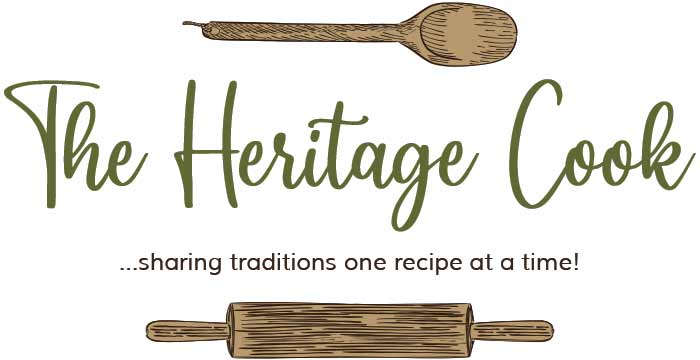

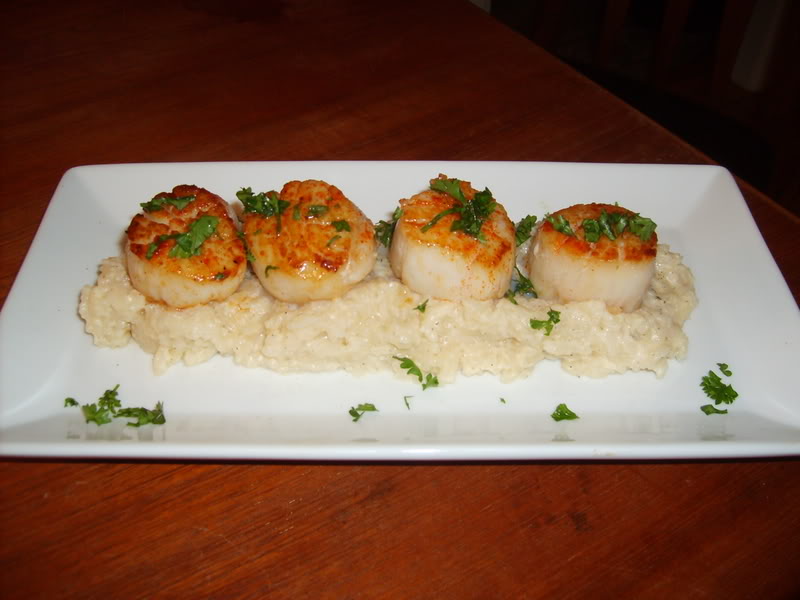
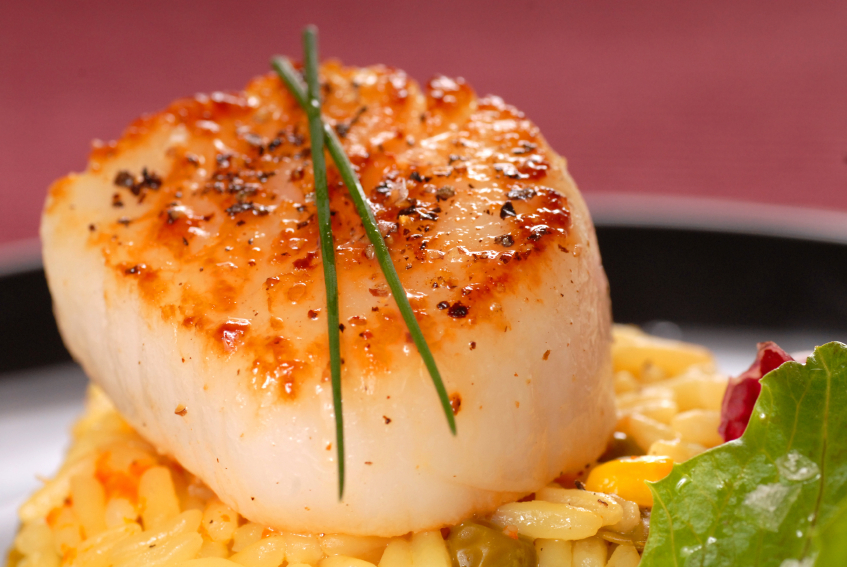

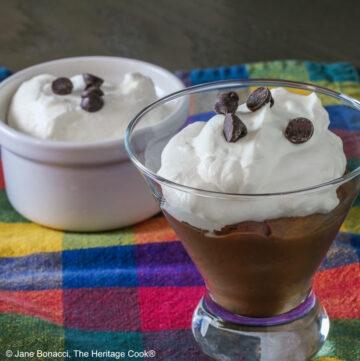
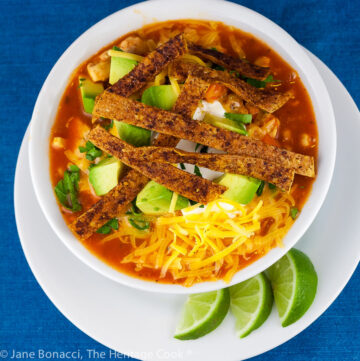
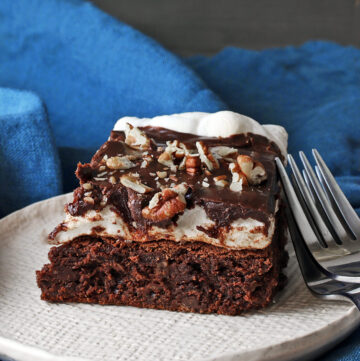
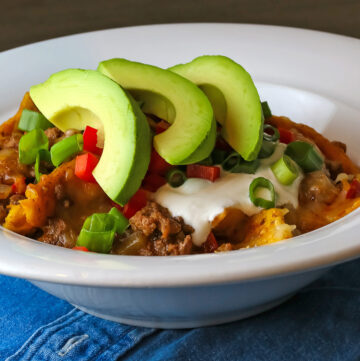
Delishhh
I can watch that movie all the time just love it. Nice scallops! They look perfectly cooked.
Jane Bonacci, The Heritage Cook
Anytime I’m feeling down all I have to do is put that movie on and I’m suddenly all grins, LOL!
Barbara @ Modern Comfort Food
You’re a born teacher, Jane, and I always learn so much from you and your wonderful posts. Luckily, I do have a wonderful supplier for real bay scallops, which I always prefer, and look forward to trying this sensational recipe with them. I can almost taste them now!
Jane Bonacci, The Heritage Cook
Barbara, you are so sweet! Thank you. How wonderful that you have a great fishmonger. Tell us how they turn out!